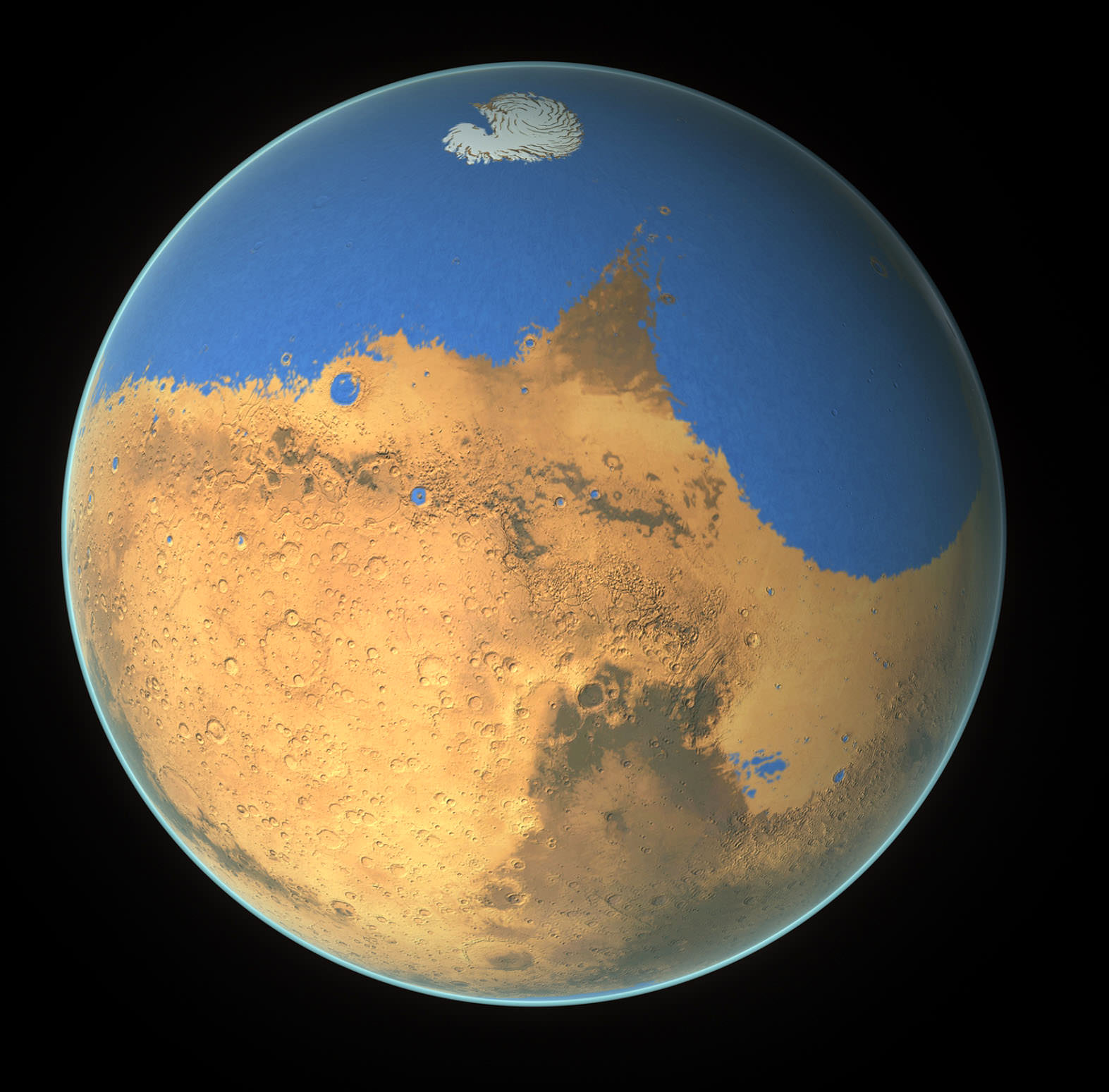Uranus is an oddball among the Solar System’s planets. While most planets’ axis of rotation is perpendicular to their orbital plane, Uranus has an extreme tilt angle of 98 degrees. It’s flopped over on its side, likely from an ancient collision. It also has a retrograde orbit, opposite of the other planets.
The ice giant also has an unusual relationship with the Sun that sets it apart from other planets.
Continue reading “Uranus is Getting Colder and Now We Know Why”









